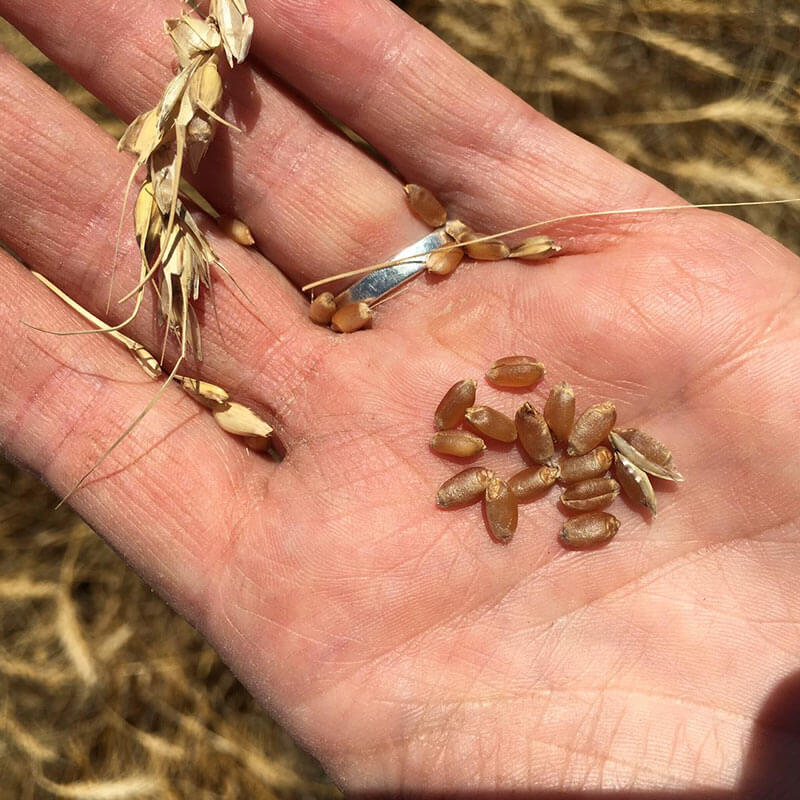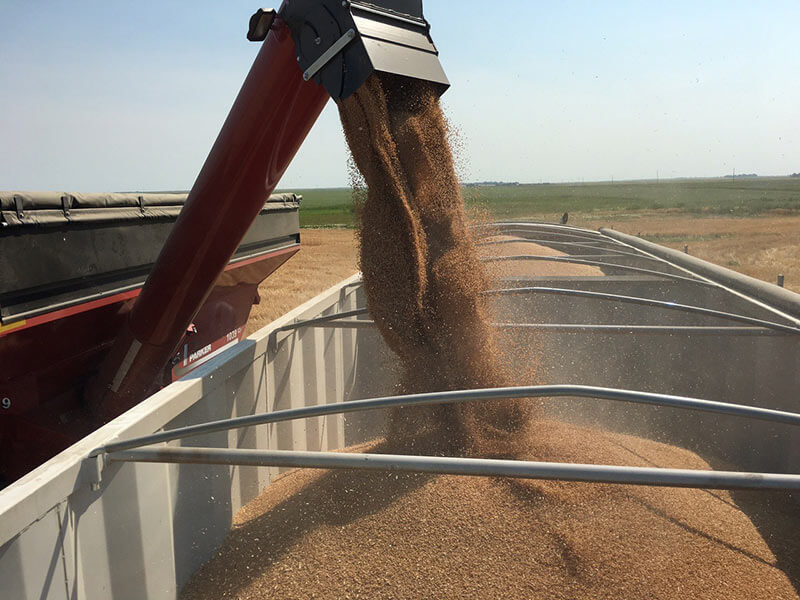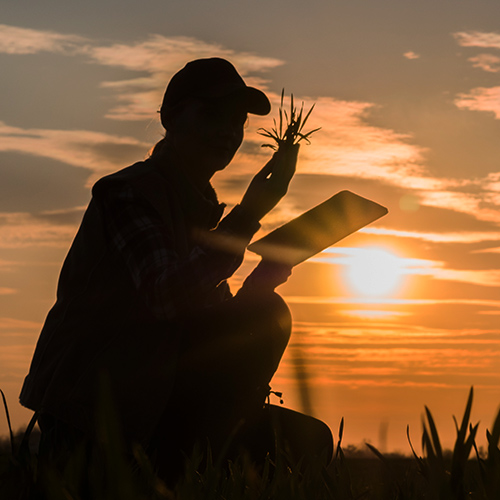Yvonne Lawley, Assistant Professor of Agronomy and Cropping Systems at the University of Manitoba

Follow @yvonnelawley_um on Twitter!
Yvonne Lawley is an Assistant Professor of Agronomy and Cropping Systems in the Department of Plant Science at the University of Manitoba (UM), and has been working with the University for ten years. She obtained her PhD from the University of Maryland in Natural Resource Management specializing in soil science, an MSc from the University of Saskatchewan in plant science, and has an undergraduate degree from the UM in agronomy. Lawley now lives in Winnipeg with her family.
Where did you work before UM?
Before joining the UM, I was a Research Agronomist with North Dakota State University in Carrington, North Dakota for two years.
What got you interested in this area of work?
I grew up in Winnipeg and always had an interest in going to visit my grandparents’ farm near Manitou, Manitoba. My interest in agriculture really grew in high school where I thought, if I can learn how to be an engineer, I can learn about agriculture, and off I stormed into my undergraduate degree. I started off in agronomy and then moved into plant science and that took me over to soil. The more I was learning about plants the more connection I saw between plants and soil management.
Tell us a bit about what you’re working on at UM.
I have had a good relationship with many of the organizations that now make up the Manitoba Crop Alliance and I feel connected to their membership. I have several projects (current and past) that have received funding from MCA. Most of them fall within the general area of crop and soil management. One unique part about the research I’ve done with MCA is that we’ve done both traditional small plot agronomy experiments as well as on farm experiments.
Some of my research has focused on corn and wheat agronomy as well as residue management including vertical and strip tillage. One of my current projects is focused on managing lodging resistance for high yielding wheat, kind of ironic to be working on lodging management in times of drought. I’m also doing a lot of work relating to cover crops. This involves a survey, on-farm experiments, and a crop rotation study at sites across the Prairies where we have some of the crops represented by MCA as part of the rotation. The rotation study is looking at how cover crops influence crop productivity, nutrient cycling, soil health, greenhouse gas emissions, water use, and soil carbon over time. For the extreme moisture project, we’ve been looking at the management of overwintering cover crops like rye to utilize water when it is wet in the spring and then later in the season how the residue from that cover crop could help conserve soil moisture during times of drought.
One thing that excites me about working with the MCA is the Whole Farm initiative. I’m a ‘whole farm thinker’ when I approach my research so I’m excited to see how the Whole Farm initiative grows and evolves. I think this new MCA initiative is going to enable researchers like myself to look not at just commodity specific questions, but whole systems wide projects.
What can you say about the value of farmers providing funding and support to your organization?
It is really enabling to have farmer funding. It’s motivational and it’s essential. Funding from farmer organizations like MCA enables me to pursue important research questions that other funders may not be interested in. It also allows me to train graduate and undergraduate students, which brings value back to farmers. These students are the ones who end up being future agronomists and researchers.
Another thing that’s really enabling is the interaction that comes with having funding from farmer organizations through extension events. They provide a ready venue for researchers like me to connect with farmers, or the graduate students I am training. These events inform me because I get to have conversations with farmers. Those conversations inspire new questions and also help me stay current in the classroom as I can gather feedback, questions and ideas to take back to campus when I’m talking with students.
How does that farmer funding and support directly benefit farmers?
Our aim and hope is that the research questions we’re asking in our projects are relevant to the questions farmers are asking on their farm. I also think there is value to farmers in investing in research that makes its way into the classroom. Having research at universities is important for training, and students get to learn about current research that is happening right now while they’re studying. Whether its at the diploma, undergraduate, or graduate level, new information and ideas go with those students when they graduate.
Government funding is now looking to organizations like MCA to match dollars invested in research and I think this helps gives farmers a voice. These check-off programs are going to be essential for funding agriculture research in the future. As government funding pulls back, that check off is going to be the way farmers have voice in directing funds to the research that matters to them.
How do you spend your time outside of work?
Research and family life have kind of crowded out most of my hobbies over the past ten years, but the ones that have survived are my interests in nature, food, music and travel. My husband and I are both professors at the UM and we have two enthusiastic school age kids that keep us pretty occupied after work!
What inspires you?
The conversations I have with students and farmers are very inspiring. It has been hard to stay excited and inspired in times of COVID, but the conversations I’ve been able to have with students and farmers really keep me grounded and connected. They motivate me to keep moving forward with research under difficult conditions because you can hear the impact and value that new information and ideas bring in these conversations.
What is the best piece of advice you’ve received?
When I was starting out as a new professor, a colleague said to me that you have to trust your gut. If you have an instinct about a project or you observe something that doesn’t seem right, you have to trust it, go after it and pick it apart. Life and research are full of surprises, you have to have confidence in what you’re seeing to be able to ask yourself, why did that happen?
Follow @yvonnelawley_um on Twitter!















